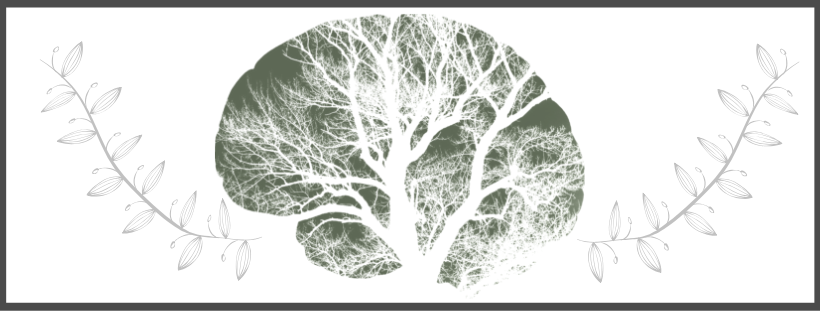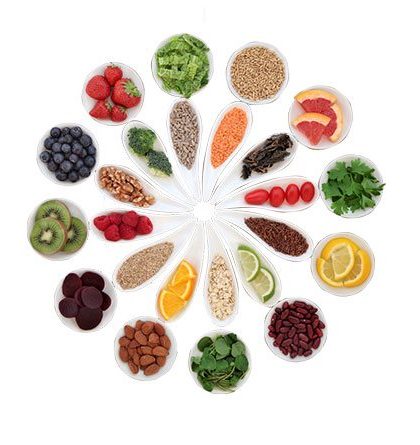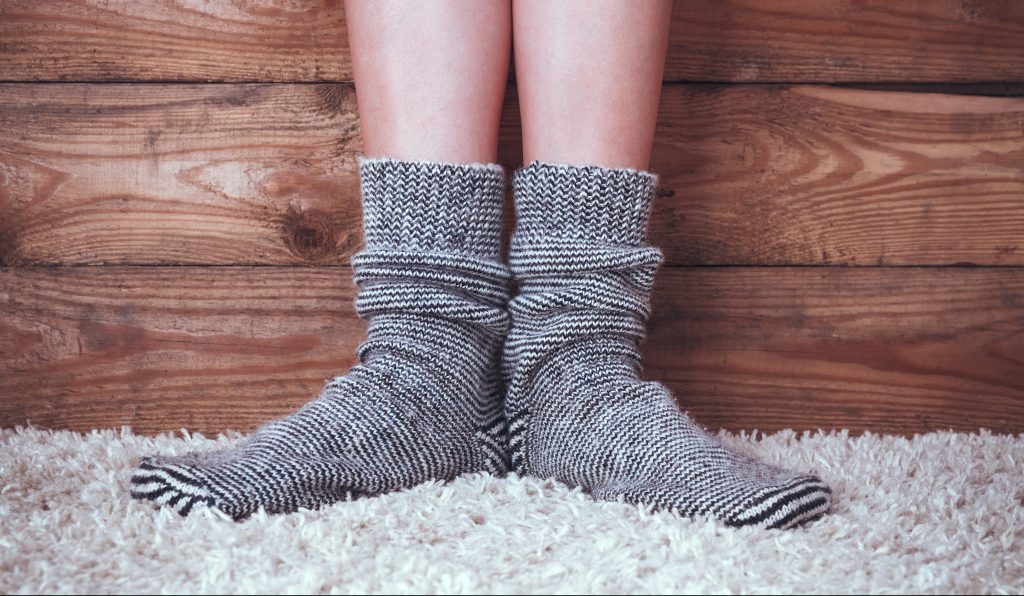
Headaches are common. Most people experience some kind of headache from time to time. Tension, dehydration, fatigue, or the onset of an illness can trigger a headache.
For some people, headaches are a frequent and unwelcome visitor. These headaches can be excruciating and seriously interfere with quality of life.
Headaches in Western Medicine:
Western medicine recognizes five types of headache: tension, cluster, rebound, sinus, and migraine. Over the past twenty years or so, newer and better pharmaceuticals have been made available to lessen the impact of severe, chronic, and recurring headache.
Unfortunately, most of these drugs have moderate to severe side effects.
Acupuncture and Chinese Medicine Approach
Chinese medicine is concerned more about where on the head the pain is and what other symptoms are occurring. This indicates to the practitioner what meridians or channels are involved and what pattern might be the underlying (root) cause. Based on that information, he/she will prescribe either acupuncture or an herbal formula, or both.
A newer area of medicine that I am particularly drawn to and have some training in, is functional medicine. Like Chinese medicine, functional medicine takes a whole person approach and looks for patterns to figure out how to help a person. Like Chinese medicine, the majority of treatment involves nutrition, herbs and acupuncture, lifestyle, and supplements rather than pharmaceutical drugs.
Integrative Approaches Often Work Best
Many times for extremely stubborn or severe chronic headache, an integrated approach works the best. Here at Spring Integrative Health we offer acupuncture and Chinese herbal medicine, nutritional consulting, naturopathic medicine, therapeutic massage, and Accunect bodywork to address almost all aspects and causes of headaches.
Types of Headaches:
Tension
Tension headaches are usually felt in the forehead, at the temples , or back of the head, and will usually go away with over the counter aspirin or ibuprofen. However, If you want to try a more natural approach, try putting steady pressure in the webbing between your first and second finger. Or, you could try rubbing a little ginger or peppermint oil into the area of the head that aches. Life style changes such as stress reduction, yoga, exercise, and meditation should also help.
Cluster
Cluster headaches tend to come on suddenly and cause severe pain on one side of the head. The eye and nose may water on that side as well. Looking for a Chinese pattern would inform the acupuncture and herbal treatment. I would look for patterns in onset, diet, location, and co-occurring events. Lab tests might identify markers that would help determine if a nutritional deficit or other imbalance was involved.
Sinus
Sinus headaches often accompany sinus infections and other conditions that feature blocked sinuses. These headaches usually occur in the forehead area, but the pain and pressure can radiate outward from there. Sometimes a change in weather will trigger them. One of the key features of this type of headache is the pressure that goes with the pain.
Integrated Approach to healing a Sinus Headache:
Acupuncture is very useful in relieving the pressure in the sinuses, while an antibiotic or possibly a naturopathic remedy might be used to treat the actual bacterial infection. In addition a Chinese herbal formula could be used to strengthen the immune system and clear any lingering pathogens, as well as address the underlying disharmony that is weakening the immune system.
Rebound
A rebound headache is caused by medication. Or overuse/dependence on certain kinds of medication. Ibuprofen, aspirin, acetaminophen, and prescription headache drugs can all cause a rebound headache. If you notice that your headaches are increasing even on the medication, chances are you are getting rebound headaches. The fix for this is using none or less of the offending drug. Acupuncture can be used to manage the headaches while the body readjusts itself.
Migraines
Migraines are often the most debilitating of headache types. Severe pain lasting 4-72 hours, throbbing, nausea and/or vomiting, and sound or light sensitivity are all part of the migraine experience. Sometimes there is a clear trigger for migraine such as wine, or chocolate (sorry to say), certain types of cheese. Avoiding these substances can really help.
Some women suffer from menstrual migraines caused by hormonal imbalance and the hormonal swings that take place just prior to the onset of their cycle.
Migraine Triggers
Often a trigger is difficult to identify. Because Chinese medicine looks at patterns of disharmony, we examine such factors as: the location of the headache on the head, known triggers, sleep patterns, hormone balance, gut health, food sensitivities, and nutritional status. By looking at these factors I can search for clues to why the headaches are occurring.
Treatment often involves both an herbal formula and acupuncture as well as some lifestyle and dietary modifications with prescription pharmaceuticals waiting in the wings if needed. Most of the time this approach to treatment results in fewer and milder headaches that continue to diminish in both frequency and severity with treatment.
Never Experienced Headaches Before?
It is a good idea to see your doctor to rule out more serious medical conditions before starting treatment for headaches. If you are experiencing “the worst headache of my life,” particularly if you don’t typically get severe headaches, head to the emergency room to rule out life threatening conditions.
Let’s get Healing!
Headaches are a problem that are near and dear to my heart. After all, if I hadn’t suffered debilitating headaches all those years ago, would I have ever tried and used acupuncture? So, those awful headaches turned out to be a good thing!




